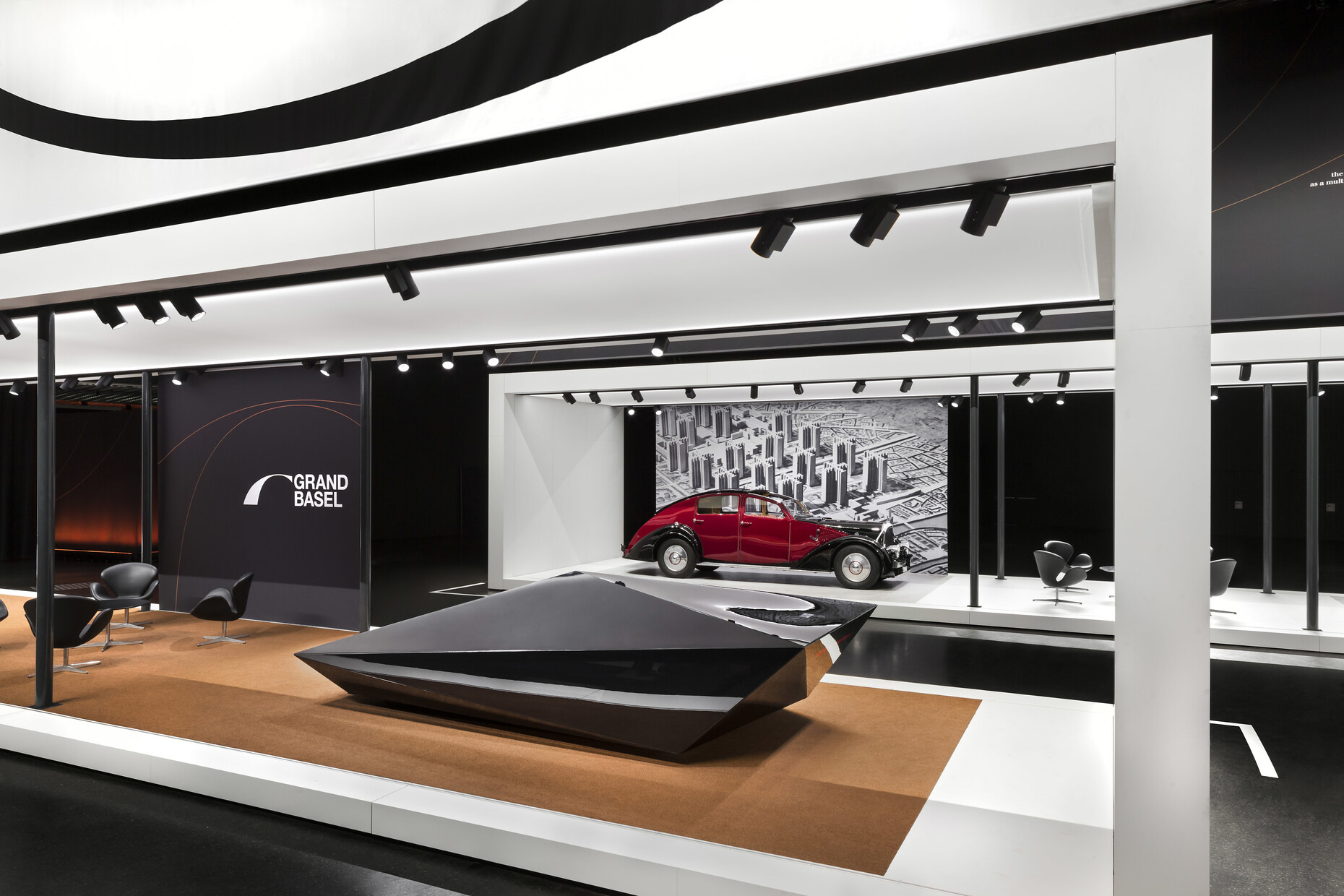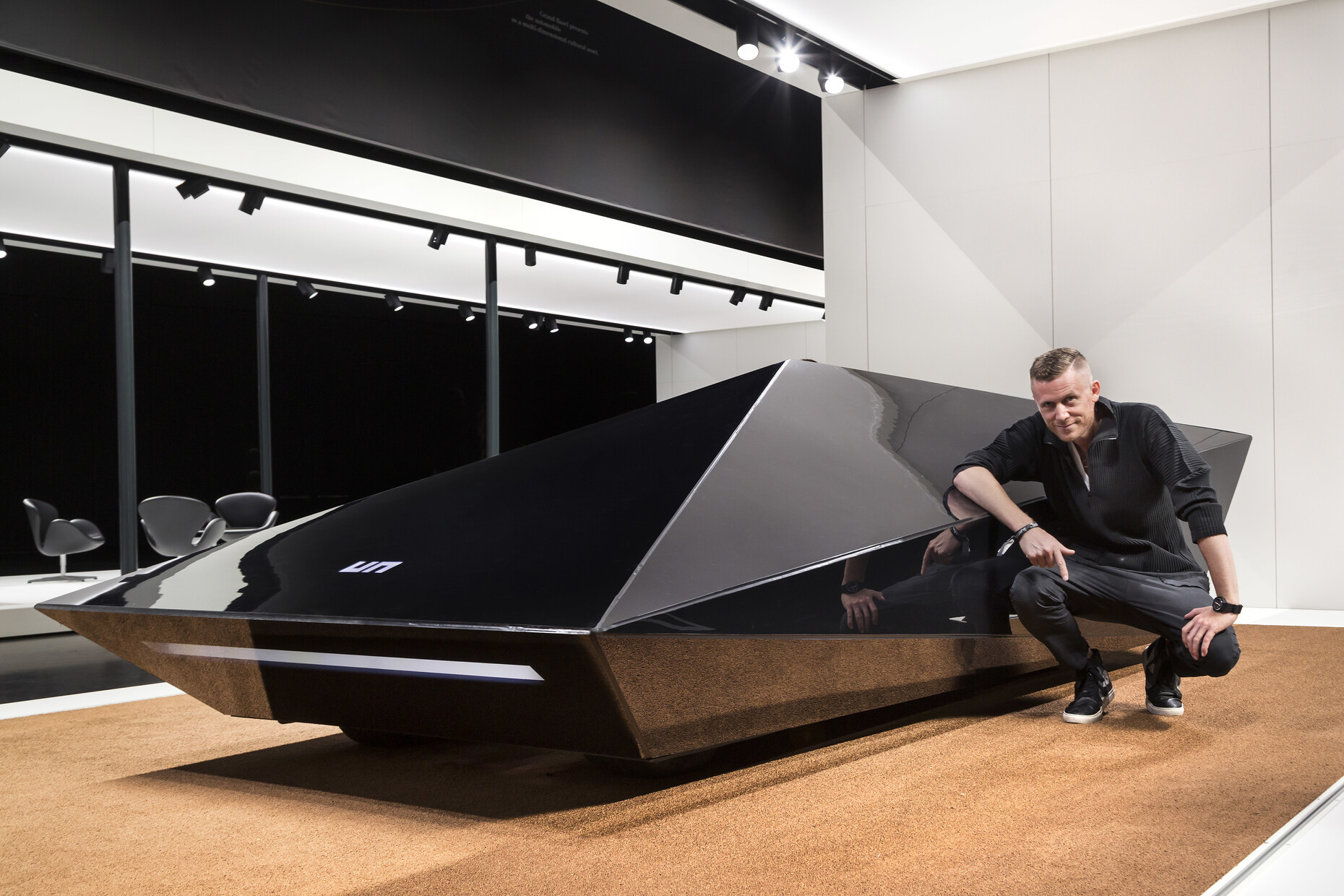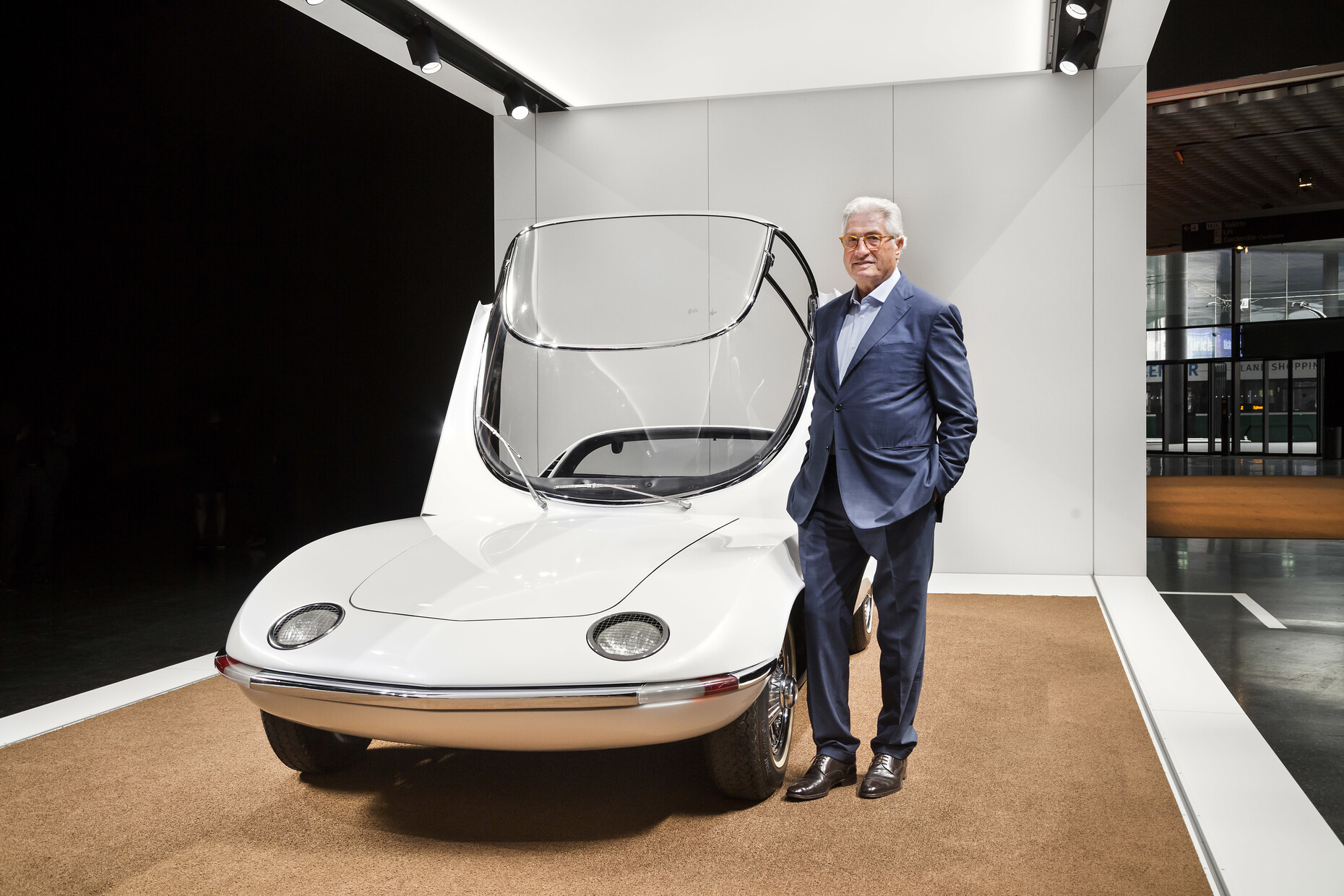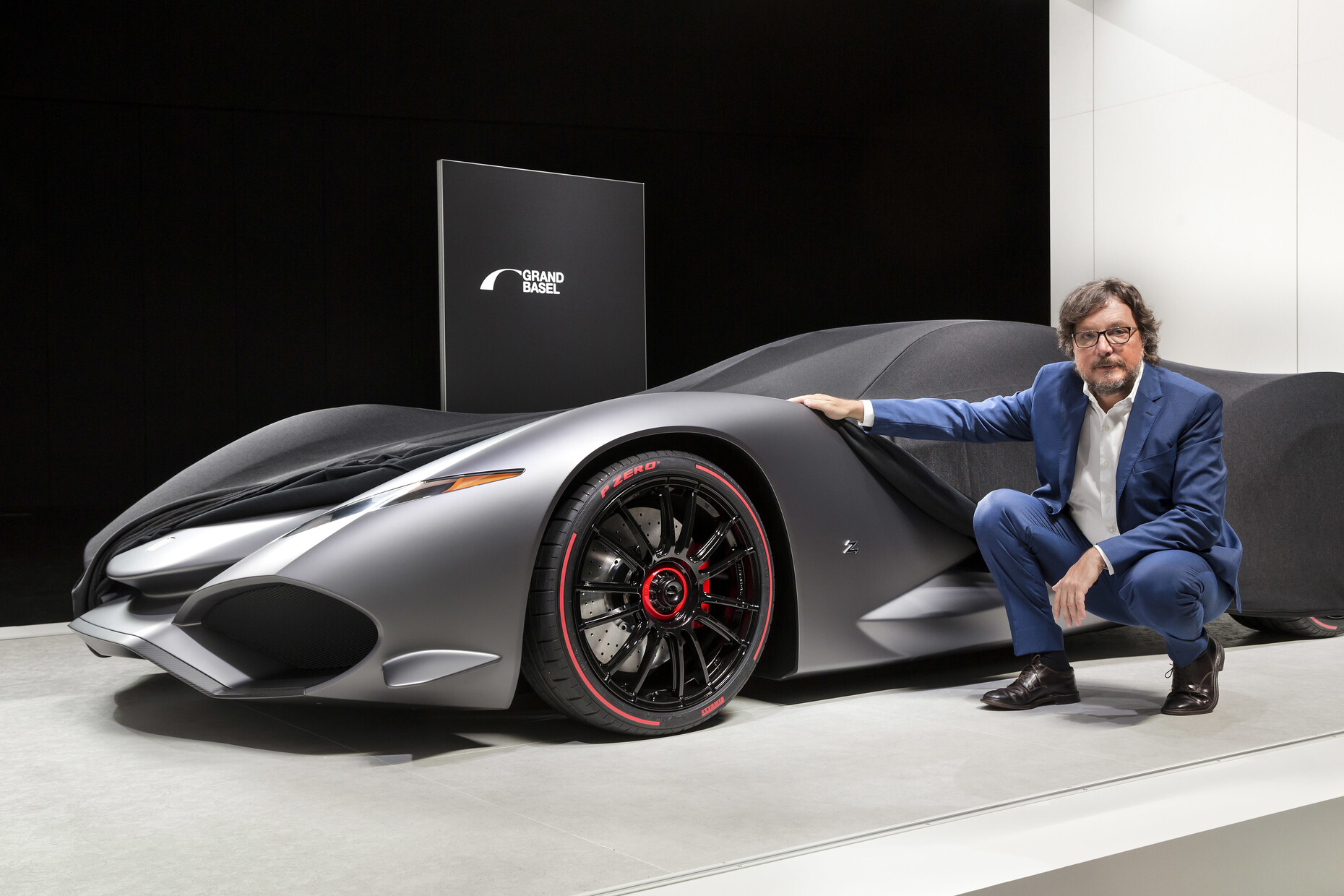Rendezvous with the car culture
The way we experience things is subject to a time of its own. Unlike the time of our lives, it knows more than one direction, and times mix. This can be seen, for example, when things that were at the heart of developments in world history suddenly become less powerful and important, be it owing to new inventions, scientific insights, resources drying up, or simply because society suddenly views and rates them differently. A classic example is the field of applied arts, which Georg Friedrich Hegel already claimed was “at its very pinnacle something past”. The point is: Such a change of perspective by no means spells the end of these things. They do not disappear, but their status changes radically: They become objects of memory. Possibly there’s a disquieting historical regularity at work here, proved anew each day by the art market, not to mention museums.
The automobile seems to just be going through such a change in status. Much points to this, and not just climate change, fine particle levels, Dieselgate, and intermodal mobility. This doesn’t mean the cultic side to cars will immediately vanish; it simply becomes nostalgic.
Basel, where else?
Art Basel is considered the world’s paramount art fair and with its affiliates in Miami Beach and Hong Kong has successfully globalized. And Design Miami/Basel responded, albeit at a more modest level, to the boom in the vintage furniture field. Baselworld also focuses on luxury goods, namely watches and jewelry.
So it seemed fairly obvious to expand activities to include a new market segment, as vintage cars have long since been cherished collector’s items. The new format goes by the name of “Grand Basel”, and has just been launched by the MCH Group, a live marketing company based in Basel and which owns, among others, the Basel, Lausanne and Zurich trade-fair companies. The new fair will premiere Sept. 3, 2018. Other Grand Basel versions are planned for Miami and Hong Kong.
The new format is nothing if not ambitious, as was more than clear during the presentation: “Grand Basel” seeks to be something completely different, and not simply yet another car or collectors’ fair. Neither Concour d’Élégance nor Goodwood, and most certainly not a second IAA. The idea is to create nothing less than “the first salon for the world’s most important and valuable autos, historical, contemporary and trailblazing.” Current mass-produced models will not be included. On show instead will be “automobiles in the cultural context of design, architecture and art.”
Rendezvous at dawn
When we step into Basel’s trade-fair hall, as good as shrouded in darkness still, and it is there that the Grand Basel concept is to be presented, our eyes were immediately drawn into the depths. On a screen, Claude Lelouch’s 1976 short film “C’était un rendez-vous” can be seen. Capturing everyone’s attention. A car races through Paris at dawn at breakneck speed, ignoring all the lights and accompanied by the roaring sound of a Ferrari engine (added later), from Porte Dauphine up to Sacré-Cœur, where the driver gets out, runs towards a woman coming in his direction, and the two embrace. The breathtaking route takes less than eight minutes, and was shot in a single sequence with no editing.
Perhaps Lelouch’s short film offers a taste of the cultural context in which the culture of the car will be presented at Grand Basel. Will it essentially be a rendezvous with classic cars (some of them for sale) and a few selected concept cars, or a rendezvous with danger, with the intoxicating sense of speed and desire that Lelouch created as an act of transgression?
Admiring dream cars
Overcoming the division between the past and the future in the present, in which much gets interwoven, essentially seems a good strategy. However, Grand Basel is intended to be a marketplace and its concept to date points with sound economic nous less in the direction of a debate that would fundamentally question our semi-nomadic life along with its heroic machines. The aficionados are bound to love being able to admire their unaffordable dream cars, as Grand Basel consciously sets out to appeal to “the international cognoscenti, experts and collectors with the ultimate standards,” namely all of those “who are interested in automobile aesthetics, technical virtuosity, art and culture.”
When it comes to auto design, the launch also offered a taste of things to come that set the pulse of all auto and design lovers racing. Not just car collectors and famous designers were present; four extraordinary cars were also on show, some of which had never been on public display before.
Giorgetto Giugiaro brought along his legendary 1963 “Chevrolet Corvair Testudo”. Andrea Zagato spoke about an homage to the legendary Iso Rivolta brand and in part lifted the wraps on his “Zagato Iso Rivolta Vision Gran Turismo Concept”, which we’ll be able to experience from October onwards for the first time virtually on a Sony PlayStation and in the drivable version as one of the highlights of Grand Basel 2018. Fashion designer Rem D. Koolhaas showed the second example, produced in a limited edition, of his “Lo Res Car”, where he reduced the polygonal design of a Lamborghini Countach to a minimum in a deliberately “low resolution”.
The city and the car
Just how exciting, but also difficult it will be to explore the complex linkages between the culture of the car, urban planning and architecture in the framework of a fair could be seen from the example of the 1935 “Avions Voisin C25 Aérodyne”, which René Rey had brought along from Fondation Hervé. Avions Voisin was not only Le Corbusier’s favorite marque, but his radical “Plan Voisin”, which envisaged tearing down large parts of old downtown Paris on the right bank of the Seine and, in a city organized by function, emphasized the importance of personal transport, was also financed by Gabriel Voisin. If one wishes to flesh out the contemporary framework for a culture of the car, then it is hardly achieved in the form of photo wallpaper displayed behind the “Aérodyne” presenting Le Corbusier’s “Plan Voisin”. The announced iPad guide is urgently needed in this context.
By contrast, the overall framework, especially the modular exhibition architecture developed by Berlin design office “Blue Scope”, already seemed very coherent. Whether we will see more than an extraordinary fair on luxurious vintage cars and auto design in the past, present and future arise on the road-like, well illuminated podia is something we will know in a year’s time. Until then, Paolo Tumminelli – columnist and author of countless books on auto design as well as lecturer at the Köln International School of Design – has his work cut out for him as head of the Board of Trustees when it comes to developing the cultural concept. In Basel he went on the record as saying that the automobile will not advance without criticism. In what manner Grand Basel manages to function as a place for such criticism will decide whether the fair as planned will, over and above its commercial success, construe the culture of the car as more than just something nostalgic.










